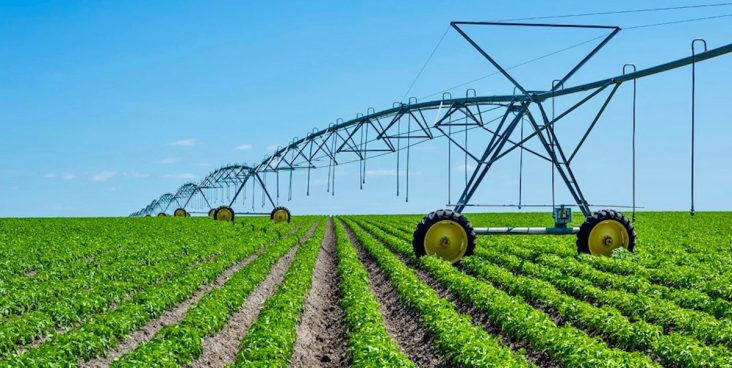Crop enterprise budgets for 2025 now available online for farmers
by November 21, 2024 3:12 pm 210 views

The 2025 crop enterprise budgets for Arkansas farmers are now available online. This year, they feature enhanced access and customization, said author Breana Watkins, an economist and instructor for the University of Arkansas System Division of Agriculture.
Crop budgets are a tool to allow farmers to plan the best possible financial outcomes for the next growing season. Watkins has worked to make the program more user-accessible and adaptable.
“Any item can be custom-tailored to fit a wide array of on-farm scenarios,” she said. The Division of Agriculture’s information technology staff “has also developed a crop budget program that will make it easier for users to edit and use the budgets from a cellular device.”
Another feature is a lease budget that will provide the user an easier or quicker version of the full budget program.
“It contains a 20% crop share in the budget and allows users to change crop protection products and amounts to easily compare their operating expenses with revenue potential,” said Watkins.
The budgets reflect the uphill battle farmers faced in 2024 and may continue to face in 2025 due to low commodity prices and challenging input costs.
“There isn’t a single budget which produces a positive net return when taking into account all costs associated with production,” said Watkins. “In previous years negative net returns were only realized on budgets where land rent was taken into account.”
“My phone started ringing in October with grower requests for the 2025 budgets,” said Scott Stiles, extension economics program associate for the Division of Agriculture. “That’s a bit earlier than usual. Harvest wrapped up quickly for some this year. As soon as harvest was done, the focus on finances began.”
Stiles said interest costs are expected to come down some in 2025, as are crop insurance premiums.
“Compared to this time last year, corn prices are down 15%, soybeans down 21%, rice down 8% and cotton down 9%,” he said. “As of Friday, Nov. 15, September 2025 corn futures settled at $4.36, November 2025 soybeans $10.20, September 2025 rice $6.40 per bushel, and December 2025 cotton was at 70.56 per pound.
“Using today’s prices for fall 2025 futures, I plugged those into the new university budgets,” he said, adding “here’s the interesting thing, if I plugged in a price of $10.20 for soybeans and a yield of 65 bushels — if I own my land, I can cover my variable cost or input costs and my fixed costs.”
But there’s the rub.
“The problem facing most operations today — they don’t own all their land,” said Stiles. “Given where commodity prices are today, the outlook is really grim, particularly for operations with a high percentage of rented acres.
“This applies to the majority of row crop farms in Arkansas, especially ones managed by the younger farmers,” he added.
Because of weather and low commodity prices in 2023 and 2024, these farmers lack sufficient working capital reserves, he said.
“If anything, cash reserves are being depleted to fill holes in repaying operating expenses and term debt,” he said. “Making it through a third year of challenging commodity prices will require careful cost management and attention to marketing opportunities.”
Watkins echoed Stiles’ sentiments, that farmers need to be careful about decisions that might be pennywise but end up pound foolish.
“it is easy for producers to want to ease off and try to utilize two herbicide applications instead of three; reduce urea rates from 330 pounds to maybe 260 pounds, etc., but before they do, they need to think about the consequences and the cost/benefit analysis of the treatment,” she said.
“For instance, reducing that urea may save them 70 pounds of urea per acre and a $10 per acre of custom aerial application cost,” she said. “With urea price at $515 per ton, you’re looking at a near $30 reduction per acre in your costs.”
“The budgets are the tool to use to help make these kinds of decisions. Low commodity prices coupled with rising input costs will make a lot of producers contemplate these types of managerial decisions,” said Watkins. “The budget tools available can help.”
